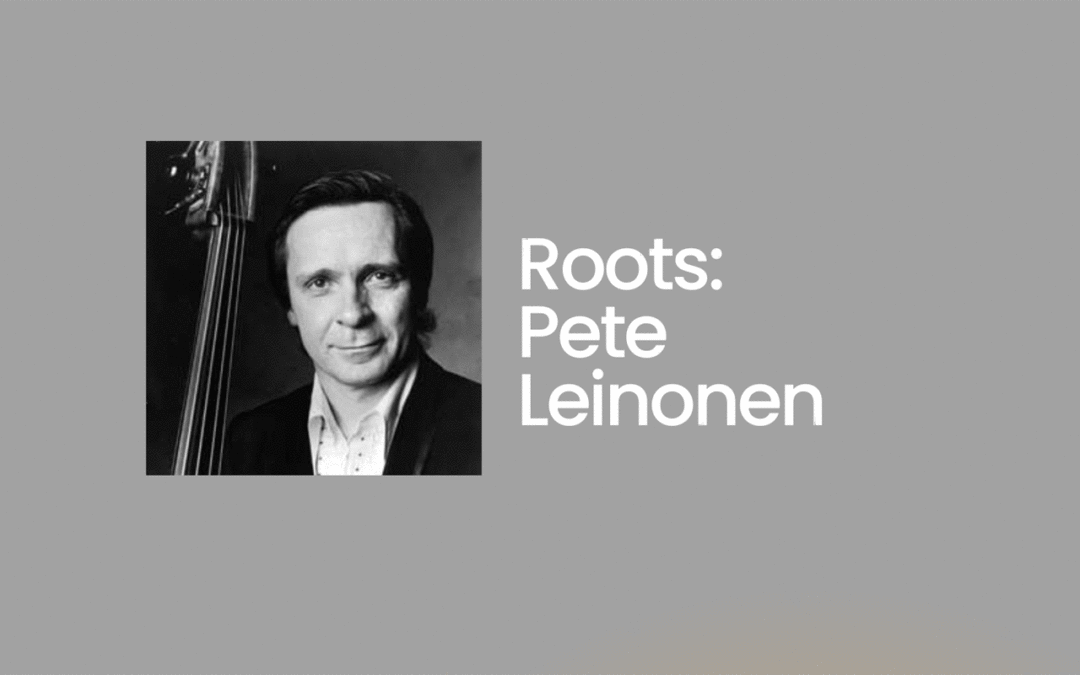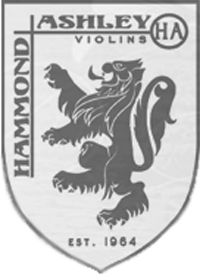Earshot Jazz is proud to share brief excerpts from the forthcoming book, After Jackson Street: Seattle Jazz in the Modern Era (History Press of Charleston, S.C.), by Seattle’s preeminent jazz writer, Paul de Barros. Picking up where Jackson Street After Hours (Sasquatch Books, 1993) left off, the new book will feature fascinating interviews with the familiar artists and under-sung heroes who shape this vibrant jazz scene.
Pete Leinonen photo courtesy of the artist
BY PAUL DE BARROS
Bassist Pete Leinonen has been playing jazz in the Seattle area since the 1950s. You may know him from his cool 1980 EP, Ashfall, inspired by the explosion of Mount St. Helens, or from his associations with Gary Peacock, with whom he gigged on bass, Gary on piano, and tutored in calculus in exchange for ear training, or Bill Smith. We chatted recently about his early days as a budding young rock’n’roller; a jazz apprentice; and a practitioner of funk, free jazz, and jazz-rock in the late ‘60s. Here are some excerpts:
At Enumclaw High School we didn’t have a jazz band, but there was a dance band called the Stardusters. We played stock arrangements. I was playing cornet and sousaphone in concert band and pep band, but the bass player had graduated, so I went over to his house and got hold of his bass and started walking and everyone said, “You’re a natural!” The band teacher cleared out a broom closet for a practice room and gave me a beginning bass book. “Once you learn this whole book, you can play in the dance band,” he said. I got in after a week.
I made all-state band and on the way, there were some kids from Tacoma on the bus, a tenor saxophonist named Mark Marush and a trumpeter named John Greek. They were both in The Fabulous Wailers. On a break, we went into the band room and there was a string bass and we started playing “Thunderbird.” After that, Jim Klockner, who played guitar and sang, and I formed our own rock’n’roll band, the Swaggerz. The Wailers’ main gig was at the Lakewood Community Center and we were like their relief band. The kids just went crazy. We had gigs from Fort Lewis to Edmonds, and when we didn’t, the Stardusters had a job.
In the summer of 1962, I lived on a houseboat in Seattle. The World’s Fair was going and, boy, it was a party. Every jazz musician in the world came to Seattle. One day I saw Stan Getz going from club to club, sitting in. [The late bassist] Chuck Metcalf was playing. I can still hear his sound in my mind. One night I went to a party and I met this young, really handsome-looking guy who asked, “What do you do?” “I’m a bass player.” “I’m looking for a bass player, why don’t you come over?” It was Jerry Gray. I went to his house and I was floored. I had never heard anything like it. He was better than Oscar Peterson. I studied with him [for] about a year.
After I joined the union, in 1967, a lot of Black band leaders started calling me. Mostly after-hours clubs. The first one was the Jolly Seven, up on the hill over Skyway. We started at 1 o’clock and played till 6. At the end of that first gig, the promoter gave me $75, because you’re in the union. I asked the other guys, “How much are they paying you? “Fifteen dollars.” And they were better musicians than me! So, I put my $75 down on the table and I said, “Put your money down.” And we divided it.
When the Llahngaelhyn opened (bassist/pianist Jerry Heldman’s coffeehouse), I played the 9 o’clock set with [guitarist] John Day. We played jazz tunes that were listener-friendly, but at the late sessions, I started to play free jazz solos. That’s when I really started to learn to improvise. I also played with a jazz-rock band with John Day called Mirage. Mirage was really great. The trouble was, in those days, everyone had to sing, and we were terrible singers. But we opened for Steve Miller at the Paramount. Mirage should have lasted. The guy managing us said he would get us a record deal, but it was all a lie. I quit and in 1971 I left town and played on the road for two years.





